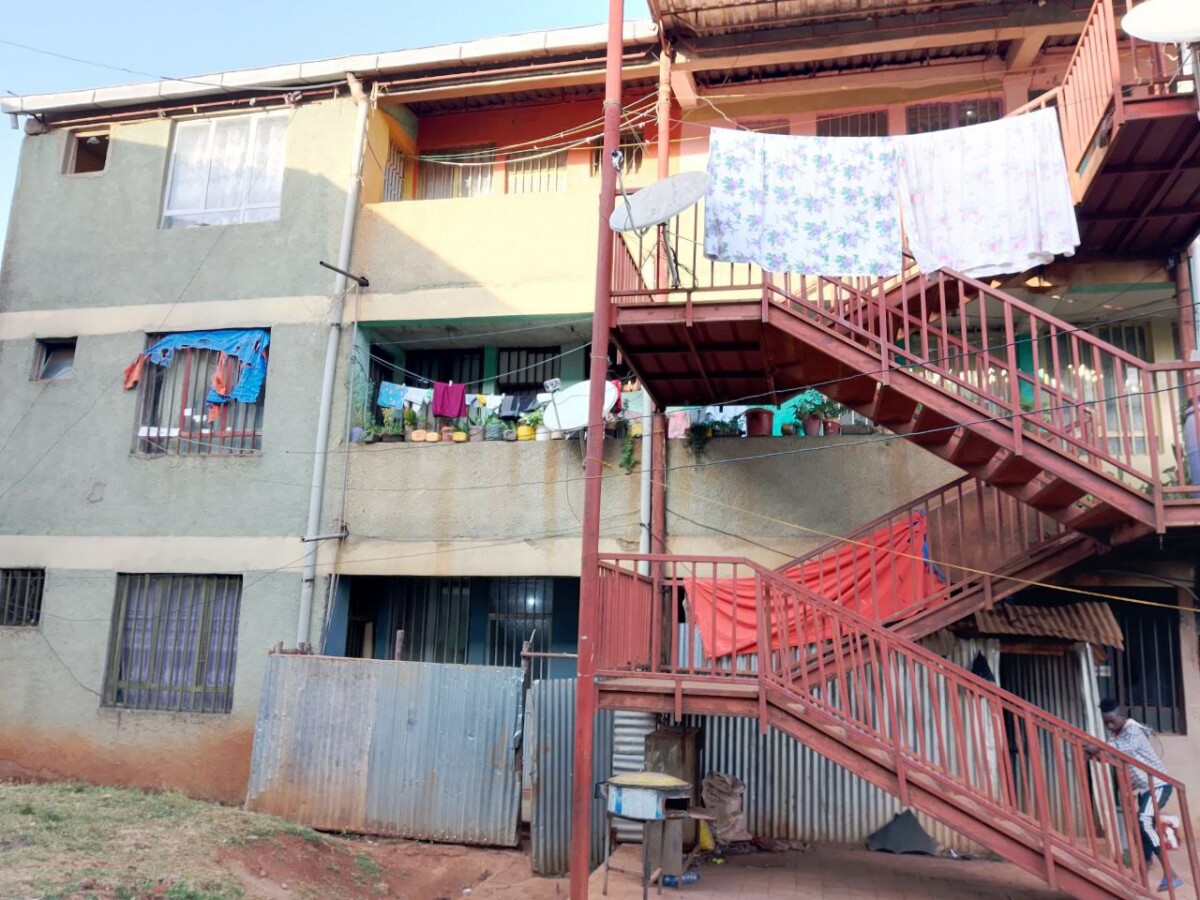Urban densification and low-cost housing in Ethiopia

Over one billion urban dwellers live in so-called ‘slums’ in the global South and this is projected to grow to more than three billion by 2050 (UNHabitat, 2016). In response, 41 of Africa’s 54 countries have announced large-scale affordable housing construction projects, led by state-owned development agencies. The integrated housing development programme (IHDP) was established in Ethiopia in 2005/6 to resolve housing and unemployment problems in urban areas of the country. It aims to enable those on low incomes, through state subsidised housing, to become home-owners through low cost housing provision in blocks of flats whilst renewing and upgrading parts of cities and supporting the construction sector.
Professor Sunikka-Blank from the University of Cambridge’s Department of Architecture and Dr Dube from the Department of Geography and Environmental Studies at Dilla University, Ethiopia were awarded funding from the ALBORADA Research Fund to critically examine affordable housing in secondary cities in Ethiopia. This brought together two fields of study, low cost housing and informal economies being studies in the two departments, respectively. Until this research project, research on the IHDP had focused on the capital, Addis Ababa, rather than secondary cities such as Dilla. These secondary cities have experienced rapid urbanisation due to high rural-urban migration and natural increase, weak governance, high unemployment and poor quality infrastructure which compound the challenges of living in low-income housing.
The research project conducted a pilot study in Dilla involving qualitative interviews, mapping and spatial analysis in three housing types namely, IHDP housing, local construction without energy or water access and self-builds on the outskirts of the city. The findings in all three locations, and across income groups, revealed while all participants aspired for land and home ownership, there was an increasing gap between household income and expenditure. This forced women to look for supplementary income and casual jobs. Irregular water supply (2 days per week) puts additional burden on households and imposes a ‘poverty penalty’ when extra water is bought for a higher unit price. In formal, ‘modern’ IHDP housing, women also reported dissatisfaction with the design and discomfort for children.
The researchers conclude that in Dilla, low-cost housing provision could be arranged around more localised centres, encouraging smaller in-situ compounds with reasonable density and access to employment. Policy recommendations are to include social welfare and environmental targets in the IHDP policy and the introduction of an alternative low-cost housing program based on self-build, ground access with improved water infrastructure and land lease.
The pilot study findings are of interest to policy makers and practitioners in Ethiopia and other countries with rapid urbanisation, as they include practice-based solutions for low-cost housing policies. The findings suggest that Ethiopian government’s housing modernisation program is in conflict with households’ aspirations and their lifestyle. The IHDP program is led by maximising the income from land value. It is primarily an economic program but can lead to negative social and environmental impacts, such as social bonds breaking down in formal housing despite technical improvements. There is also a lack of income generating opportunities to support livelihoods in current housing policies. The research identifies a need for alternative low-cost housing program in secondary cities to provide low-income households with legalised land access, stable water infrastructure and the promotion of self-build.
A manuscript is being prepared for submission on the collaborative research findings. The researchers would like to analyse the data collected in the fieldwork further. They note that there is very little research with empirical data on women’s formal and informal livelihoods (across income groups) relating employment opportunities and income to housing conditions and tenure. The heterogeneity of housing conditions in rapidly urbanising countries like Ethiopia – not only in the physical sense but in new forms of tenure, are not well understood or documented. There is great potential in this research area and the researchers plan to develop a project proposal for a larger grant that would include more secondary cities from Ethiopia and Kenya, building on Sunikka-Blank’s recent research with the NGO Akiba Mashinani Trust looking at housing and domestic energy in Mukuru, an informal settlement in Kenya.
By Professor Minna Sunikka-Blank from the University of Cambridge’s Department of Architecture; Dr Engida Esayas Dube from the Department of Geography and Environmental Studies at Dilla University and Corinna Alberg, Cambridge-Africa.

